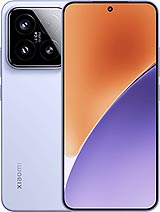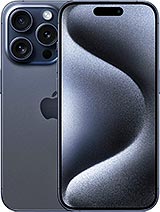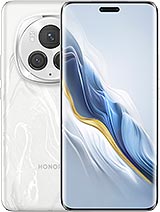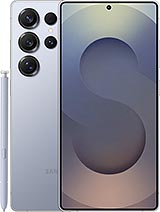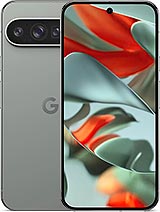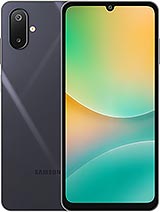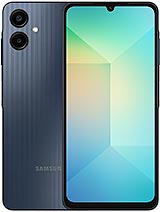Google Pixel 9 Pro alternatives
Tap above to see alternatives.
Lava Shark 4G alternatives
Tap above to see alternatives.
Google Pixel 9 Pro

Google Pixel 9 Pro
-
Tensor G4
4 nm
-
4700 mAh
45W
-
6.3"
1280 x 2856 pixels
-
50 MP
8K@30fps
Lava Shark 4G

Lava Shark 4G
-
Unisoc T606
12 nm
-
5000 mAh
18W
-
6.67"
720 x 1612 pixels
-
50 MP
1080p@30fps
1x3.1 GHz Cortex-X4
3x2.6 GHz Cortex-A720
4x1.92 GHz Cortex-A520
2x1.6 GHz Cortex-A75
6x1.6 GHz Cortex-A55
f/1.7, 25mm (wide), 1/1.31", 1.2µm, dual pixel PDAF, multi-zone Laser AF, OIS
48 MP
f/2.8, 113mm (periscope telephoto), 1/2.55", dual pixel PDAF, OIS, 5x optical zoom
48 MP
f/1.7, 123˚ (ultrawide), 1/2.55", dual pixel PDAF
(wide), AF
4K@24/30/60fps
1080p@24/30/60/120/240fps
f/2.2, 17mm (ultrawide), PDAF
1080p@30/60fps
SIM1: Nano, SIM2: eSIM
SIM1: Nano, SIM2: Nano
FDD: N1, N2, N3, N5, N7, N8, N12, N14, N20, N28, N30
TDD: N38, N40, N41, N66, N71, N75, N76, N77, N78, N79
FDD: N1, N2, N3, N5, N7, N8, N12, N14, N20, N25, N26, N28, N30
TDD: N38, N40, N41, N66, N71, N75, N76, N77, N78, N79
In this comparison, the Google Pixel 9 Pro with the Google Tensor G4 (4nm) performs better than the Lava Shark 4G with the Unisoc Unisoc T606 (12nm), thanks to its more efficient chipset.
Google Pixel 9 Pro has a superior AMOLED display, while Lava Shark 4G uses an LCD panel. They have the same 120 Hz refresh rate. These phones offer the same brightness level at nits. Notably, Google Pixel 9 Pro has a higher resolution display, resulting in sharper visuals.
Lava Shark 4G has a larger 5000 mAh battery for longer usage. Google Pixel 9 Pro supports faster wired charging at 45W. Google Pixel 9 Pro supports wireless charging at 21W, while Lava Shark 4G lacks this feature.
Google Pixel 9 Pro offers better water and dust resistance with an IP68 rating.

